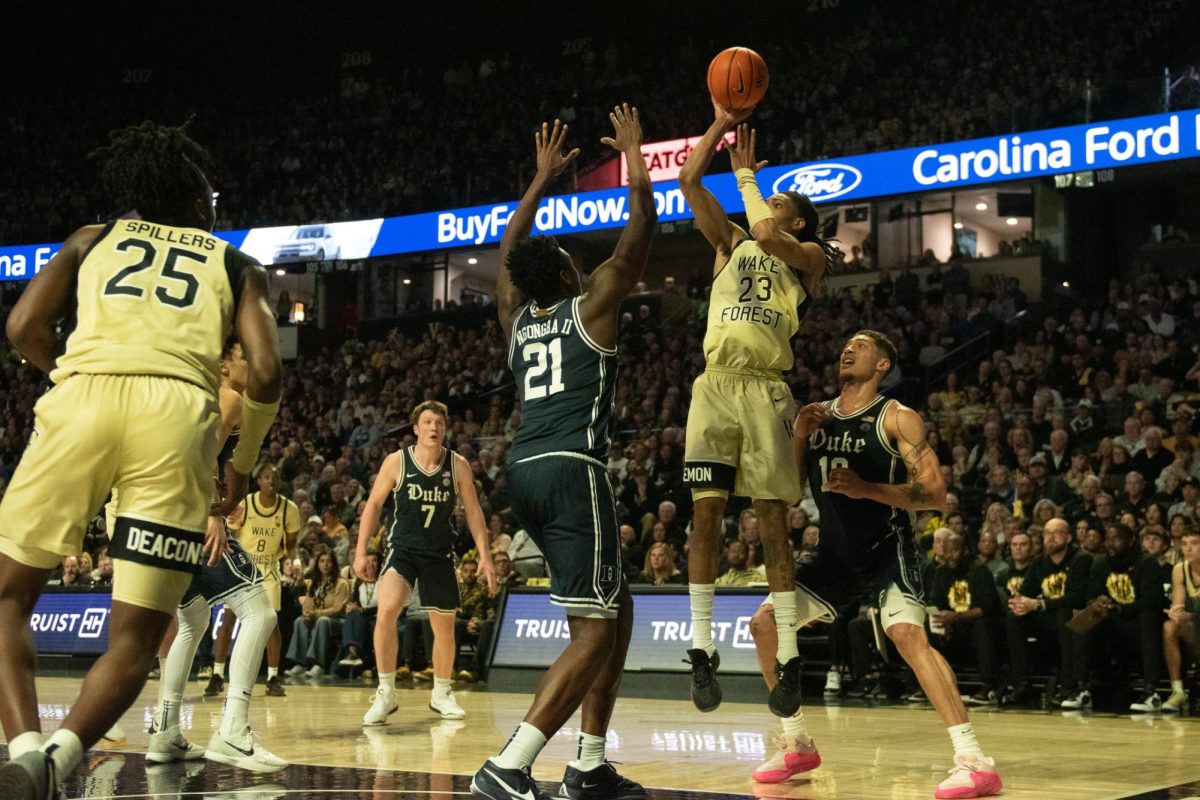The first two rounds of the 2025 NCAA Men’s Basketball Tournament mainly followed the script.
All four top seeds—Duke, Florida, Auburn and Houston— made it through to the Sweet 16. Only a single double-digit seed remains, unlike the upset-laden precedent set in past years. The usual chaos that defines March is nowhere in sight. However, the quality of basketball and the grit on the court remains as high as ever.
Thus far, fifth-seeded Maryland delivered the tournament’s singular signature moment. Derik Queen, a freshman center local to the Baltimore, MD area, banked in a buzzer-beater to eliminate Colorado State, keeping the Terrapins alive in the West region. This matchup featured alongside top-seeded Florida against back-to-back champions Connecticut as the few close matchups in the opening rounds.
Fourteen of the SEC’s 16 programs earned NCAA Tournament bids on Selection Sunday, setting a new benchmark for conference representation. This total surpassed the previous record of 11 bids from a single conference, established by the Big East in 2011. Auburn, Florida, Alabama, Tennessee, Kentucky, Ole Miss and Arkansas — the tournament’s lone double-digit seed left — have all advanced. The Big Ten and Big 12 follow with four teams apiece, while Duke stands alone for the ACC.
There are no “Cinderellas” in the Sweet 16. For the first time since 2007, no team seeded lower than 10 has advanced. Such a phenomenon is likely due to programs consistently plucking talent from mid-majors rather than being threatened by them. The growth of Name, Image and Likeness (NIL) opportunities has accelerated this shift. Major colleges can now use incentives as well as money to attract star talent from smaller schools.
In a time before NIL, these stars might have stayed at the smaller schools or elevated to mid-major programs. For example, guard Chaz Lanier, transferred from the low-major program North Florida to the Power Five program Tennessee, in part due to a nearly two-million-dollar deal. In past years, a player of his caliber might have stayed and led a mid-major to a Cinderella run in March.
Duke, led by freshman Cooper Flagg, has looked the most complete through two games. Arizona and Michigan have played solid, balanced basketball in their second-round wins. Arkansas knocked out St. John’s and Kansas and has quietly become one of the tournament’s most surprising threats.
This year’s opening weekend of the NCAA Tournament lacked the usual upsets but provided high-level play from the sport’s top programs. With powerhouse teams advancing and only one double-digit seed remaining, the field now echoes a changing landscape where established programs continue to consolidate talent and control.









